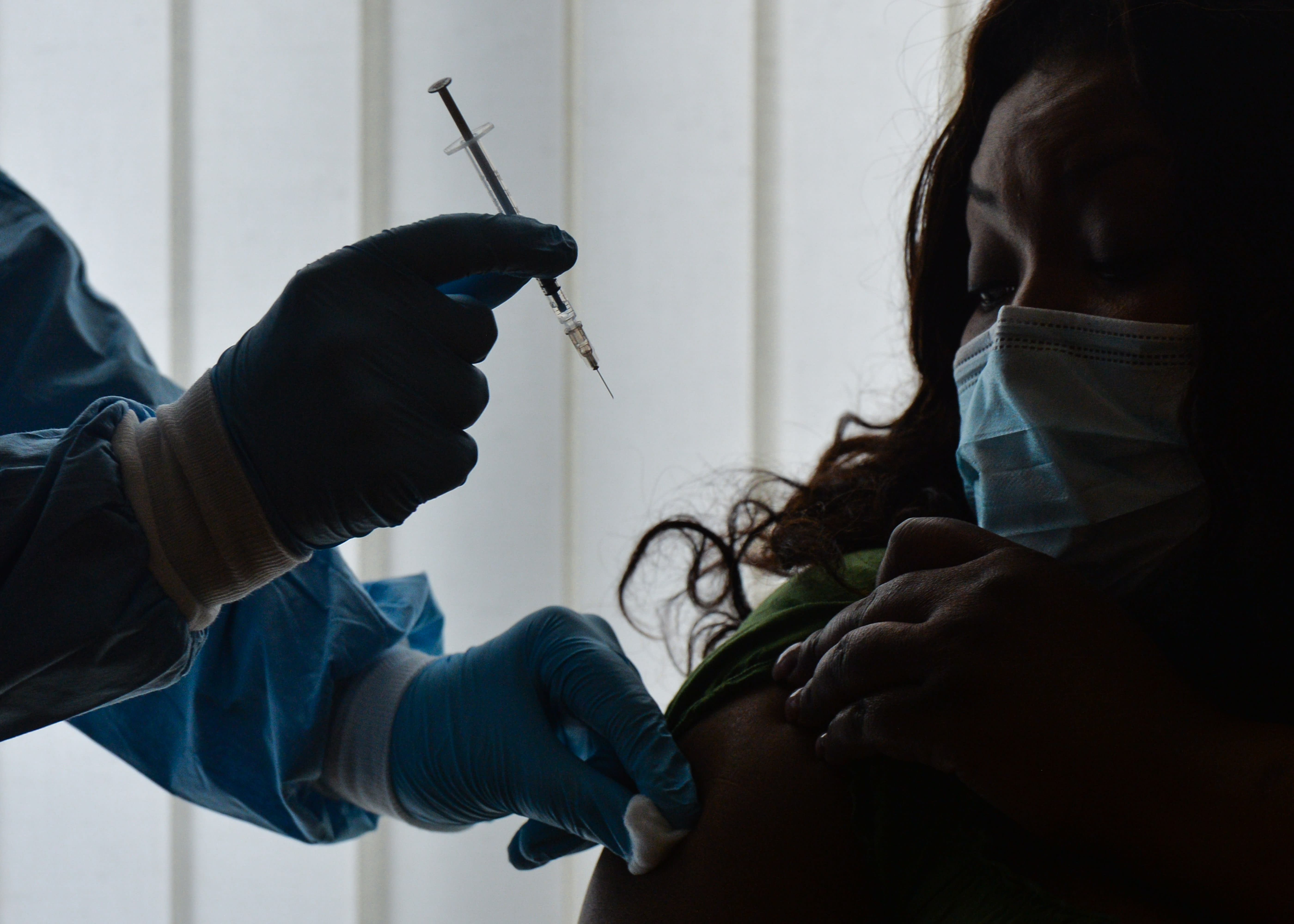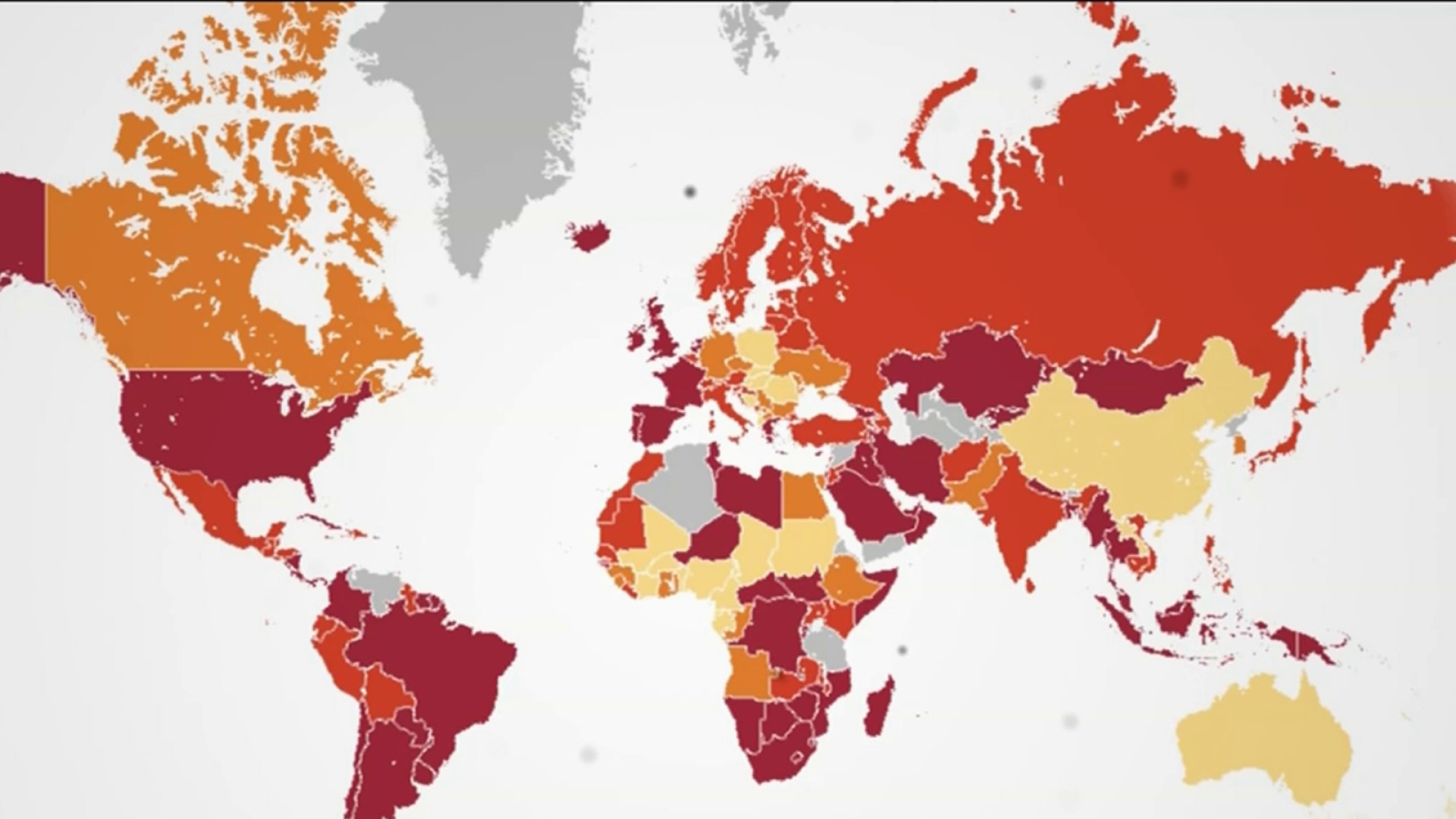What to Know
- More than 3/4 of all U.S. counties are now considered "high transmission" areas by the CDC and 90%-plus qualify as substantial transmission areas; both mean universal indoor masking is recommended regardless of vaccination status
- In NJ, where delta represents more than 90% of COVID-positive samples tested, breakthrough infections represent a rising share of new hospitalizations, though the overall number is still low
- The FDA on Thursday approved a booster dose for immunocompromised Americans, though Dr. Anthony Fauci says it's "inevitable" all people will need one at some point in the future
Nearly 1,450 New Yorkers are hospitalized with COVID as of Thursday, the highest total since mid-May, marking a 70% increase since Aug. 1 and more than quadrupling over the course of the last month as the nation battles the delta surge.
The state reported a double-digit death toll for the fifth straight day after a lengthy stretch in the low single digits, while the daily case count rose to its highest total (4,701) since late April.
COVID patients in intensive care have also tripled in the last month and now stand at 289, more than 3.5 times what they were this time in July -- concerning numbers reflective of a national trend that has officials invigorating vaccination pushes with a fervency not seen for months.
The vast majority of new COVID patients in New York and across the board are among unvaccinated people, to be sure. Breakthrough infections -- those that involve immunized people -- account for a fractionally low percentage of all new severe cases, which are the cases officials are most concerned about, but that share is rising, as data shared by New Jersey's governor earlier this week shows.
Get Tri-state area news delivered to your inbox. Sign up for NBC New York's News Headlines newsletter.
The increase comes in tandem with the soaring prevalence of the highly contagious delta variant, which now accounts for more than 90% of COVID-positive samples tested in the state. New York City updates its variant data on Fridays, but if trends hold, the 83% representation it had in officials' last report will rise markedly.
Delta is far and away the dominant strain in New York, New Jersey and nationally, where it accounts for more than 80% of all positive samples tested and has increased its prevalence across the United States aggressively for months.
All five counties that comprise New York City are considered "high transmission" areas by the CDC, with more than 100 new cases per 100,000 people in the last week. The same holds true for 10 of New Jersey's 21 counties and a quarter of those in Connecticut, where an increasing number of cities and towns are renewing mask rules.
As a result of the spread of the delta variant and uptick in COVID cases, the New York State Education Department issued guidance on Thursday for school-sponsored sports and extracurricular activities during the upcoming 2021-2022 school year. The NYSED recommended that high-risk sports and activities should be virtual or canceled in areas of high community transmission, unless all participants are vaccinated.
About 77% of all U.S. counties now fall into that high transmission category as well, an almost 13 percentage point increase in the last seven days and an alarming statistic for a country that appeared on the verge of cracking the pandemic's back just a few months ago. Hospitals in hotspots are finding themselves strained again.
Some states, including New York, have seen some success increasing the pace of vaccinations in recent weeks. The number of doses administered daily in the state doubled this month compared with July, but doctors say it will take several weeks for the latest spike in cases and hospitalizations to level off as immunity kicks in.
That's why health experts continue to urge everyone to social distance, wash hands and wear face-covering because they are scientifically proven ways to reduce the risk of contracting viruses, regardless of vaccination status.
As of Thursday, 58.9% of the eligible U.S. population is fully vaccinated, while 69.1% have had at least one dose. In New York, about 70% of the population aged 18 and up is fully immunized, while 36% of those ages 12 to 15 can say the same.
Breakthrough infection rate variance is significant by state, though it's not exactly clear why. Fully vaccinated people have accounted for up to 4.3% of all COVID hospitalizations (Utah) in a given state since the vaccination rollout started, according to the New York Times, and up to 5.6% of deaths (Maine).
They've driven as few as 0.1% (Georgia) of new COVID hospitalizations and 0.2% of deaths (also in Georgia), according to the Times.
More on COVID-19
Overall, experts agree that vaccines prove to dramatically lower the risk of severe outcomes associated with COVID. Those at all levels of government, including the incoming New York governor, recognize the lion's share of risk lies with the unvaccinated.
COVID strategy now continues to focus on those communities, though there's no doubt an awareness that protection for some who have been fully inoculated may be waning or less efficient when faced with the delta variant.
The FDA approved a third dose for immunocompromised Americans late Thursday as the rampant spread of delta stokes new concerns about vaccine efficacy. Dr. Anthony Fauci said earlier Thursday that it's ultimately likely everyone, immunocompromised or not, will need a booster shot at some point in the future.




